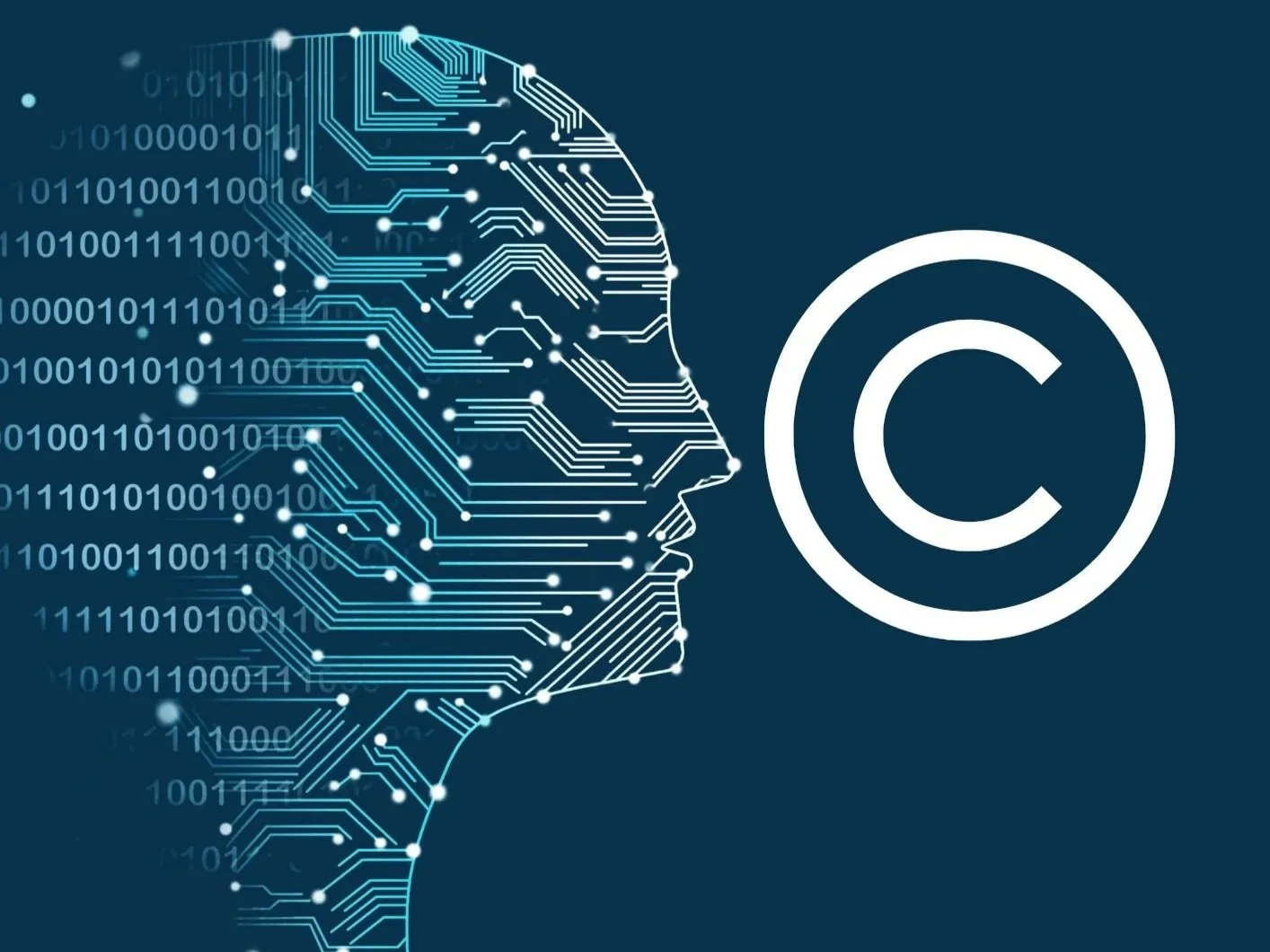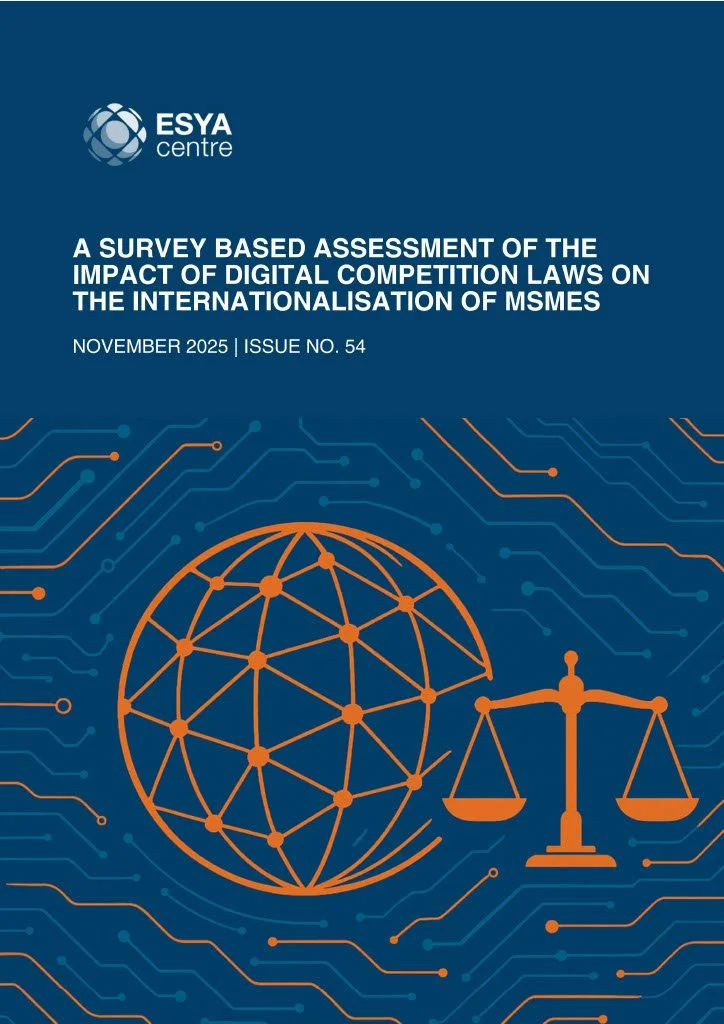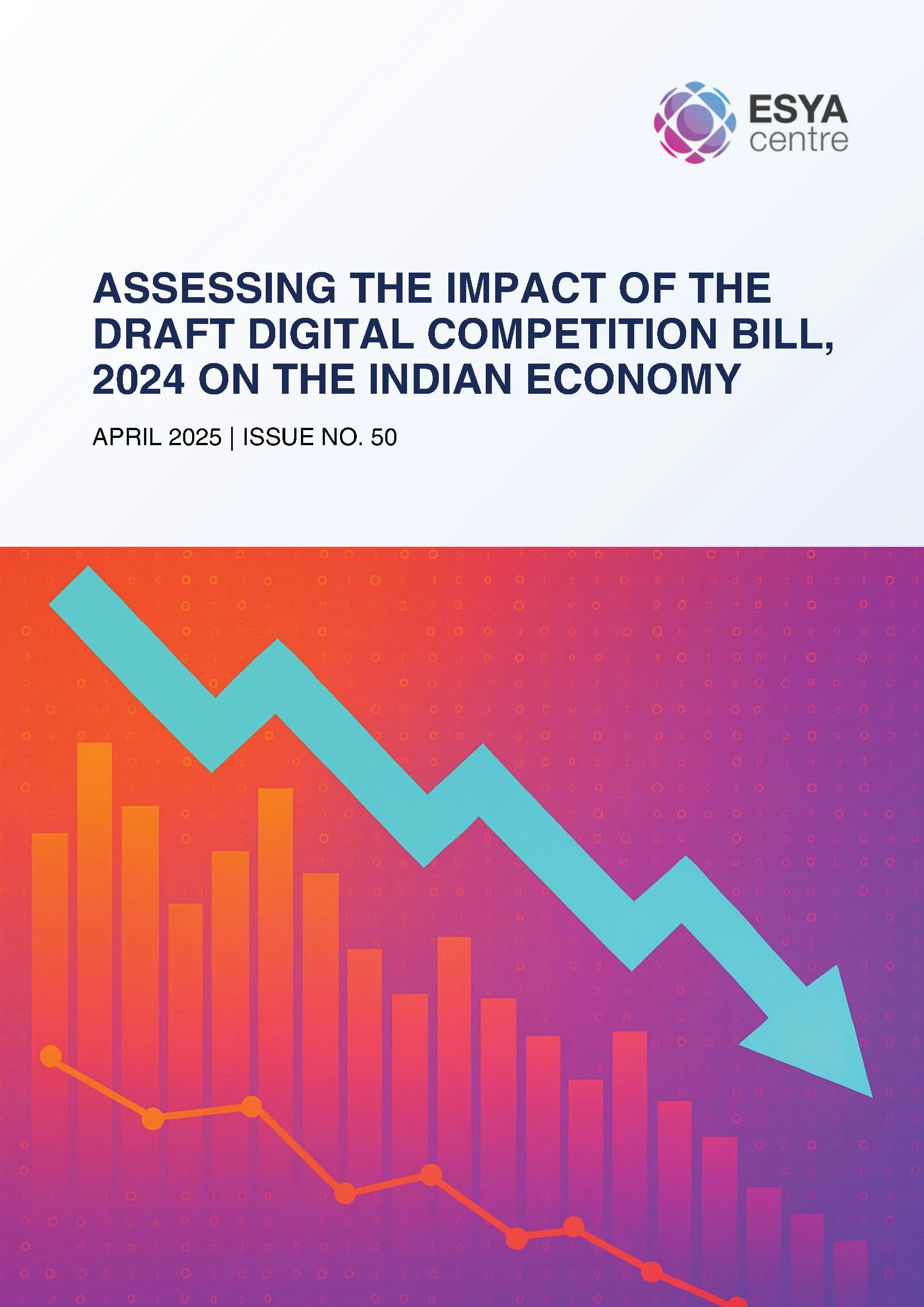Description: This report examines the extent to which Indian micro, small and medium enterprises (MSMEs) rely on personalised advertising on large digital platforms such as social media, e-commerce, and search engines for their internationalisation. It also seeks to understand the impact any regulation or legislation can have on the internationalisation of MSMEs, if it restricts their ability to effectively offer personalised ads through these platforms
It provides empirical evidence based on a survey data of 102 MSMEs across India between November and December 2024.
Attribution: Tamanna Sharma, Meghna Bal, and Dr Vikash Gautam. A Survey Based Assessment Of The Impact Of Digital Competition Laws On The Internationalisation Of MSMEs. November 2025, Esya Centre.



















